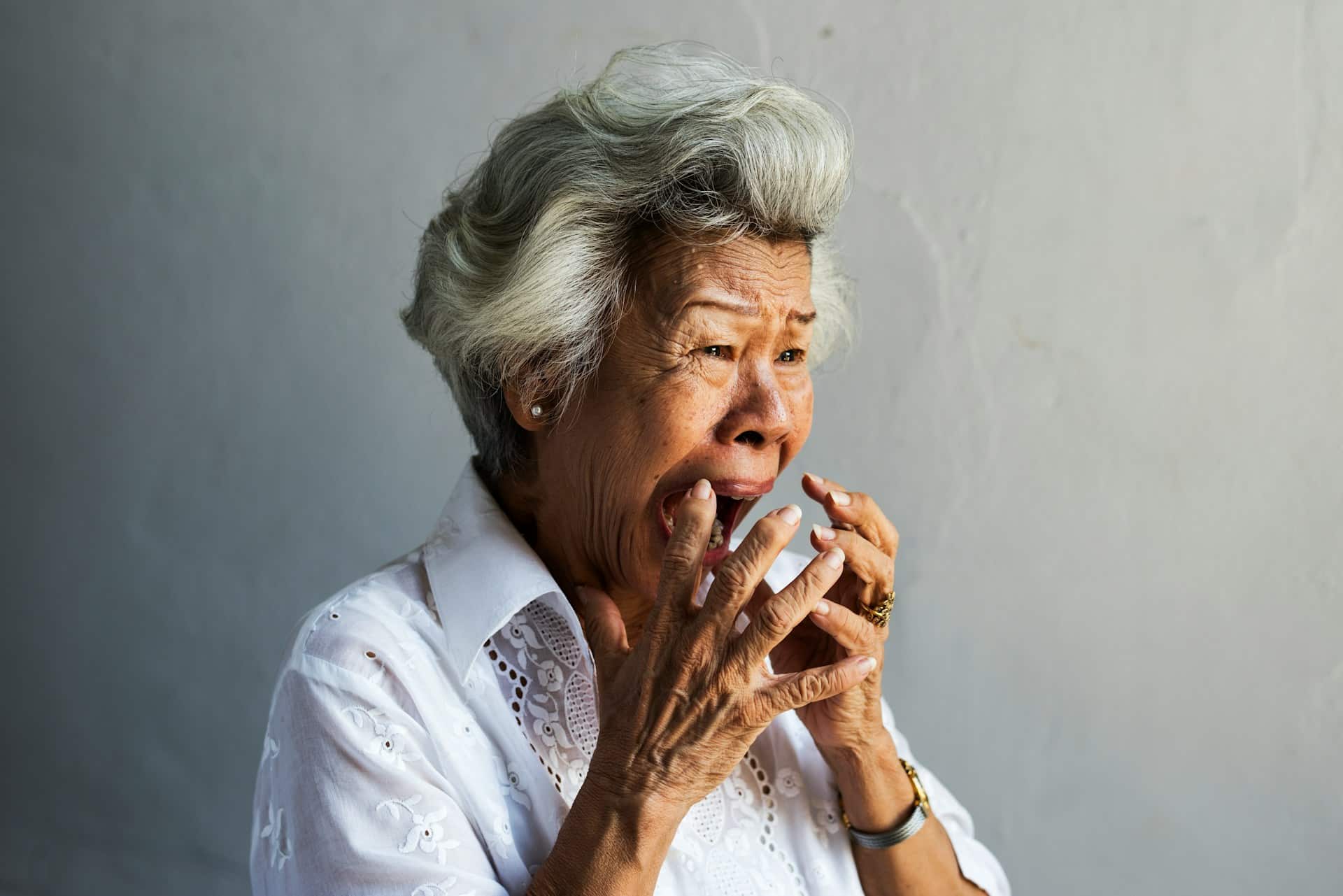Abuse in assisted living environments is a troubling issue that affects many residents across the country. These facilities are supposed to provide care and support for the elderly, but unfortunately, instances of misconduct can occur. Understanding what constitutes abuse is key to ensuring the safety and well-being of those living in these communities. Being aware of the signs and types of abuse can empower families and caretakers to take action whenever necessary.
The importance of recognizing and preventing abuse in assisted living homes cannot be overstated. It’s crucial for families to stay informed about the different ways abuse can manifest. This knowledge helps individuals protect their loved ones and ensures that they receive proper care and respect. In the following sections, we’ll explore the various types of abuse and how they often go unnoticed, along with ways to identify potential warning signs.
Types of Abuse in Assisted Living Environments
Abuse in assisted living environments can take many forms, each with severe implications for the well-being of residents. Understanding these types is important for identifying and preventing them:
– Physical Abuse: This includes any form of physical harm or injury inflicted on a resident. It might involve hitting, slapping, or using unnecessary restraints. Physical abuse can result in visible signs like bruises or fractures, but sometimes the signs are hidden under clothing or in places less visible.
– Emotional Abuse: Emotional or psychological abuse includes verbal assaults, threats, and manipulation that can lead to severe emotional turmoil and stress. It often results in changes in a resident’s mood, such as increased anxiety or depression.
– Financial Abuse: This type of abuse involves the unauthorized use of a resident’s funds or property. It can include stealing valuables, forging signatures, or manipulating the resident into changing their financial documents to benefit the abuser.
– Neglect: Neglect happens when the basic needs of a resident are intentionally ignored. This might involve failing to provide adequate food, water, medical attention, or personal hygiene care. Neglect can lead to deteriorating health and increased vulnerability to illness or injury.
Being aware of these different types of abuse is the first step in protecting those who rely on assisted living facilities for their care. Recognizing any unusual behavior or physical signs should prompt immediate action to ensure the safety of the resident. Knowing what to look for can make all the difference when it comes to preventing further harm.
Recognizing Signs of Abuse
Identifying the signs of abuse in assisted living environments is critical for ensuring the safety and dignity of residents. Pay attention to any abrupt behavioral changes. If a resident suddenly becomes withdrawn or anxious, these might be signs of emotional or physical abuse. Watch for physical injuries such as unexplained bruises or cuts, which might indicate mistreatment.
Look out for sudden changes in a resident’s financial situation. Unexplained transactions or missing belongings could signal financial abuse. Poor hygiene, unsanitary living conditions, or unattended health needs are strong indicators of neglect. When these signs are present, it’s vital to take action quickly to protect the individual from further harm.
Legal Rights and Protections for Residents
Residents in assisted living facilities are entitled to certain legal rights and protections to safeguard their well-being. These rights ensure that residents are treated with respect and dignity, and that they receive proper care.
– Right to Safety: Residents should feel safe in their living environment, free from any form of abuse or neglect.
– Right to Privacy and Dignity: It’s important for residents to have privacy in their personal and medical affairs.
– Access to Healthcare: Residents have the right to timely and adequate medical care.
– Freedom from Discrimination: All residents should be treated equally, without bias, regardless of their background or abilities.
Being informed about these rights can empower families to act if they suspect abuse. Knowing the rights also helps ensure better treatment and living conditions for residents.
Steps to Take if You Suspect Abuse
If you’re concerned that someone might be experiencing abuse in an assisted living facility, taking immediate steps can make a huge difference. Here’s what you can do:
1. Document Everything: Keep detailed notes of any signs or symptoms of abuse you notice. Photos, written records, and logs of events can serve as important evidence.
2. Report the Abuse: Contact the authorities or a trusted agency to report your concerns. Make sure to provide all documented evidence to support your claims.
3. Consult a Lawyer: Speaking with an assisted living abuse lawyer can help you understand the appropriate actions to take and ensure the protection of the resident.
By following these steps, you can help stop the abuse and protect your loved one from further harm.
Seeking Help and Support
Emphasize the importance of contacting professionals when dealing with suspected abuse in assisted living environments. Legal advice from an assisted living abuse lawyer is crucial for navigating these situations and ensuring the protection of residents.
Taking Action for a Safer Tomorrow
Addressing abuse in assisted living environments starts with awareness and proactive steps. Encouraging residents and their families to speak up fosters a culture of accountability and respect. It’s crucial to create safe avenues for reporting abuse and ensuring that these concerns are taken seriously. Advocacy groups and legal professionals play a vital role in supporting these efforts.
The fight against assisted living abuse depends on vigilance and support from both professionals and families. By staying informed and taking timely action, we can work together to improve the quality of life for residents. Protecting the dignity and safety of our loved ones is an ongoing effort, and it requires the collective contributions of community members determined to make a change.
If you or a loved one believes there has been mistreatment in an assisted living facility, understanding your legal options is the first critical step. It’s important to have knowledgeable support to navigate the complexities of these situations. Reach out to The Law Office of Thomas G. Buchanan for guidance, and learn more about how an assisted living abuse lawyer can assist you in safeguarding the rights and well-being of residents.

